Everything You Need to Know Before Buying a Subaru Impreza WRX STI
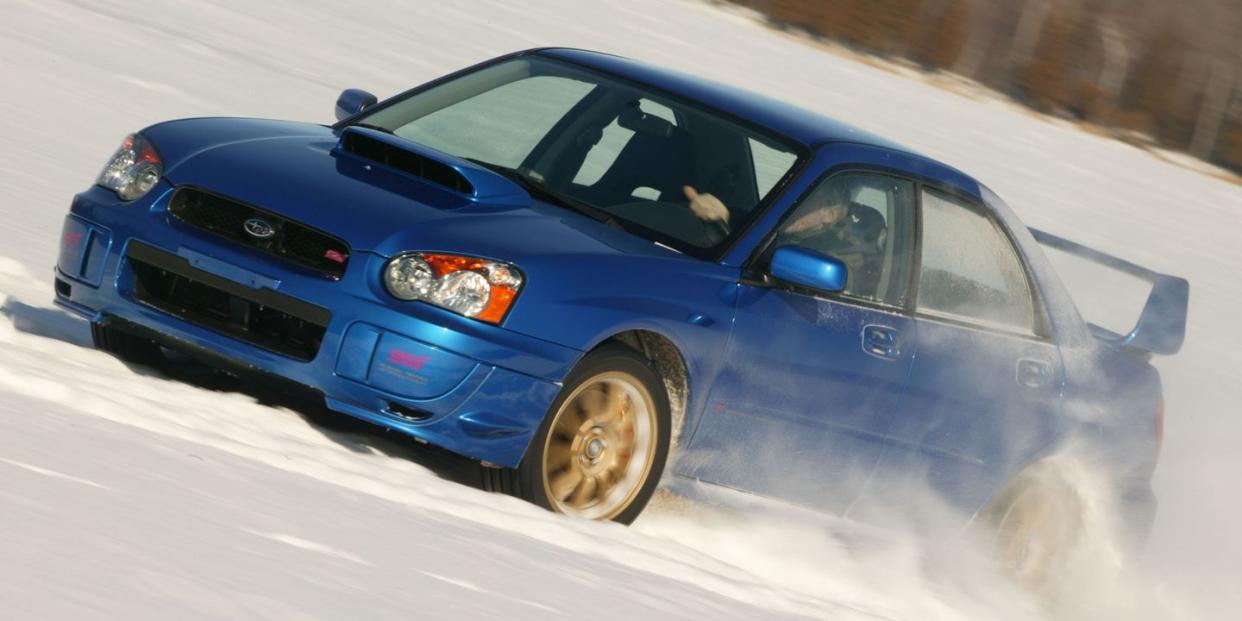
STI: three little letters that herald the off-beat rumbling of a turbocharged boxer engine and rally-bred performance. Well, unless STI stands for Sexually Transmitted Infection where you're from. In that case, get ready for important bits of your anatomy to turn World Rally Blue and then drop off.
However, if the persistent burning you feel is that of a desire for hoodscoops, big spoilers, and gravel-flinging all-wheel-drive, then good news. While the first of Subaru's homologation hot-rod were unobtainable for the first decade of production, the STI now has more than a decade's history in the US.
If you've been thinking about buying one, you probably should. Go on, scratch that itch. No, not that itch. The metaphorical one. Here's our guide to the affordable STI market.
What to look for
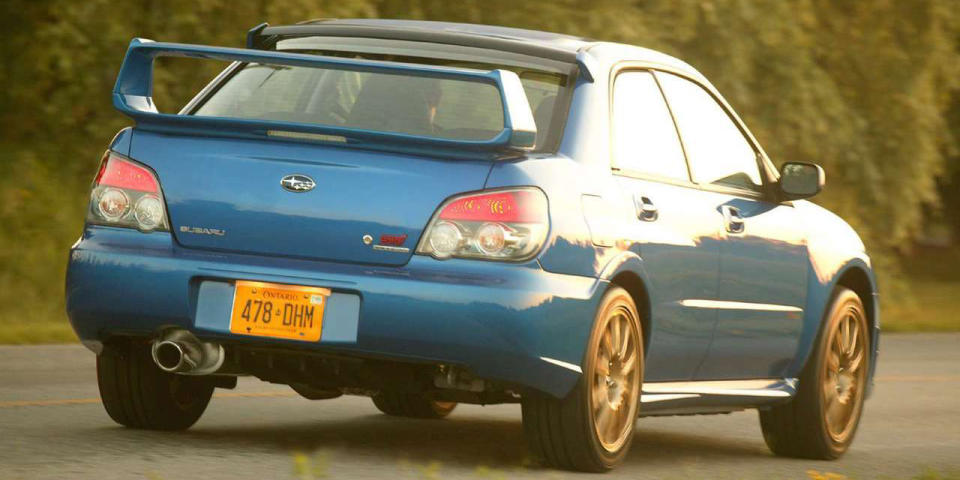
Initially available only as a sedan, the GD-chassis STI arrived in the US as a 2004 model to much fanfare. At the time, its combination of a 300hp 2.5L flat-four engine, massive rear wing, a driver-controlled central differential, Brembo brakes, and all-weather grip promptly set everyone's pants on fire (again, metaphorically).
Finally, US rally fans eager to become a McRae or a Solberg or a Burns could bring their dream car home and park it in the driveway. Where somebody would promptly steal it.
The 2004 STI is appealing, and not just to owners. The originals came without immobilizers fitted, and with easily pried open frameless windows, is a favorite target for thieves. Further, be aware that the 2004 has a slightly different bolt pattern (5x100) than later STIs, which it shares with the WRX. If you happen to be looking at a car with the original BBS alloys, some nefarious WRX owner will probably try to steal those too. Get an aftermarket immobilizer and some wheel locks.
Steering rack bushings in the '04 can develop some slop, and there is a tendency for the wheel bearings to go out if the car sees regular track use. The synchros for fifth and sixth gear are problematic.
Having said all that, the '04 is the rawest and lightest of the bunch, with a definitive rear-bias to the default torque split (35/65). Subaru USA keeps a pristine example in their collection. Maybe try stealing that one? Wait, I didn't say that.
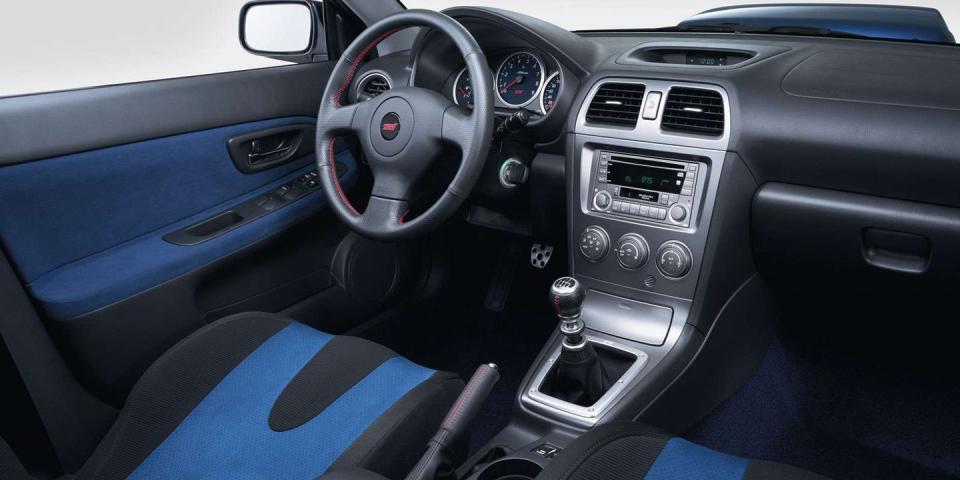
The later 2005 model looks much the same as the '04 (Subaru enthusiasts call these years "peanut-eye"), but comes with the 5x114.3 bolt pattern that would extend over the next decade, that all-important immobilizer, and a revised interior. It's a little heavier than the '04, but otherwise identical.
For 2006, Subaru switched up grille to something resembling an upside-down Alfa-Romeo, and moved the torque split further forward to 41/59 front to rear. The 2006s also have unique aluminum front control arms, offering bragging rights more than an actual performance enhancement. Specific issues only really apply to the easily-replaced liquid-filled motor mounts. Some Subaru fans consider the '06 to be the best year for both the STI and the WRX.
Last of the GD-chassis cars, updates for 2007 included taller ratios for gears 2, 3, and 4. It's also the only year with a proper seat pass-through, and had changes to the wastegate actuator and ECU. The latter may have caused some hesitation issues under acceleration; a later reflash seems to have cured the issue.
As part of a last hurrah before the changeover to the GR-chassis hatchback, Subaru also released a more "grown-up" version of the STI called the Limited. As the name suggests, these are fairly rare, with around 800 sold in the US. Each one ditched the big wing for a discreet lip spoiler, got a leather interior in place of the cartoonish blue, and was fitted with more sound-deadening material. Consider it the Touring edition of STIs.
What to avoid:
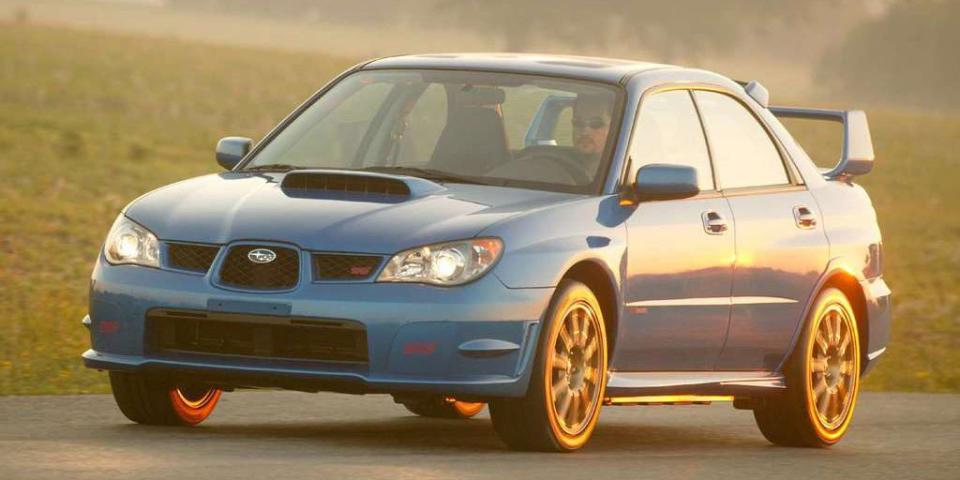
Generally speaking, the first STI is a tough machine, built for the gravel rally stage and capable of withstanding abuse. However, there are any amount of horror stories about what happens when one has had enough.
A bad first impression isn't the end of the world. Subaru paint was apparently applied by the good people at Crayola, and is highly susceptible to chipping, fading, and scratches. The body panels pick up a dent from just looking at them too long, so spots and ripples aren't necessarily accident damage, just Subaru cellulite. Something to watch for is the paint on the Brembo brakes; if discolored by heat, it's likely the car's been on the track.
The STI is also a very noisy car to drive. All Subarus more than three years old develop rattles–it can sound like there's a mariachi band fighting a rattlesnake in the dashboard. Add in a loud transmission and little sound deadening material and you might go a little deaf.
However, there are things to listen for on any test drive. First, almost all STIs can suffer from the rear struts clunking over bumps. This issue can be resolved with disassembly and lubrication, but it's a pain. Of greater worry is any actual grinding coming from the transmission. A little clutch judder is normal, and the gearbox can be notchy, especially when cold.
You should, of course, have any car you're considering for purchase inspected by a reputable mechanic. In particular, you may want to have a compression and leakdown test done as the STI is very susceptible to knocking (either from bad fuel or a poor tune).
A note on modifications:

If you can find and purchase a clean, relatively unmodified STI, then do so. The combination of a huge and varied aftermarket and mod-enthusiastic owners has resulted in many cars which have been questionably tuned. Always remember than almost any modification from factory, regardless of cost, devalues a car.
Having said that, commonly found upgrade parts from reputable tuners like Cobb and Perrin are probably fine, as are a host of aftermarket wheels. If the STI you're considering has a blow-off valve fitted, it should set off your Fast & Furious Danger to Manifold alarm, as the owner has made their car run badly just to make the pssscht noise. If you're looking at a car that has been lowered until it scrapes, run away before the owner spills any Monster Energy Drink on you.
If the car appears factory but you have your suspicions, there are clues to look for. For instance, the heatshield covering the factory turbocharger is a bit of a bear to put back on, so if it's missing, the car may have had at least an aftermarket downpipe.
Community:
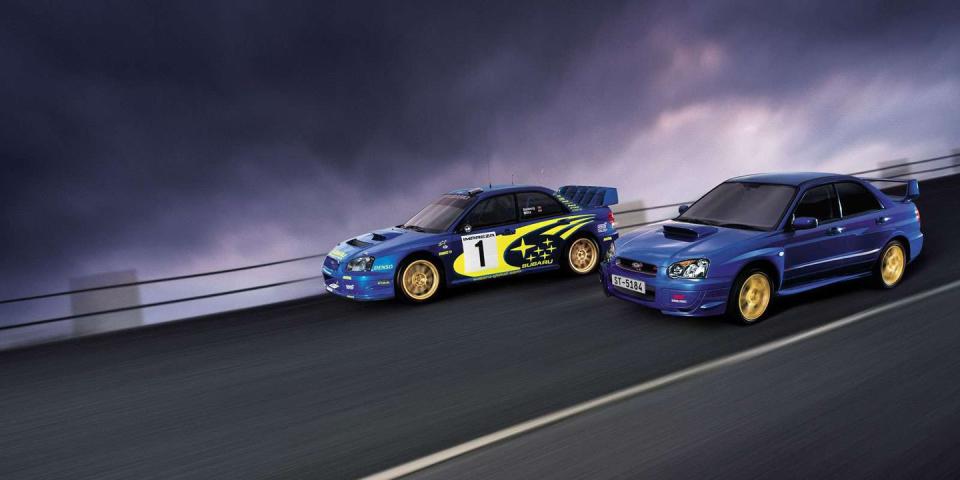
Not that long ago, all Subaru owners tended to wave to each other, just like motorcyclists. They still do in some parts of the country, and you might certainly get the nod from a fellow STI owner.
Forum websites like NASIOC have a great depth of knowledge to be sifted through carefully. With such a large community, there's as much wrong information out there as right. Local forums are also a great way to get out and enjoy your STI with others, as Subaru owners seem to be a gregarious lot, always up for a cruise or rallycross session.
Meet up online, test the waters, get an STI. But in a good way.
You Might Also Like

